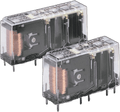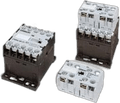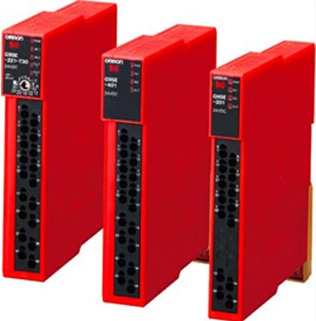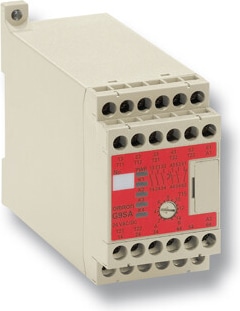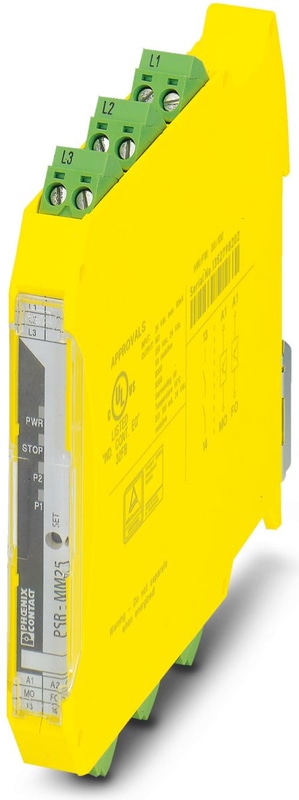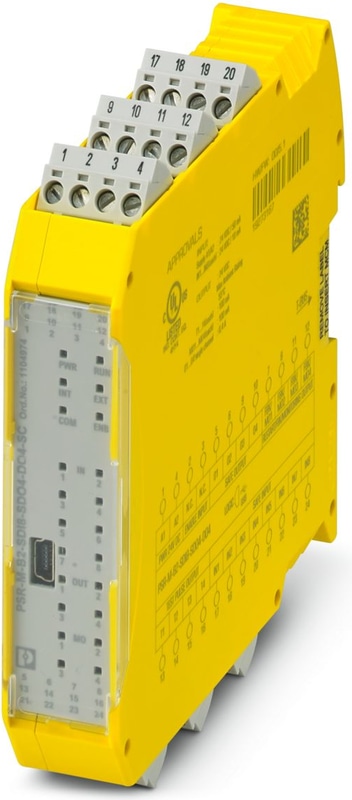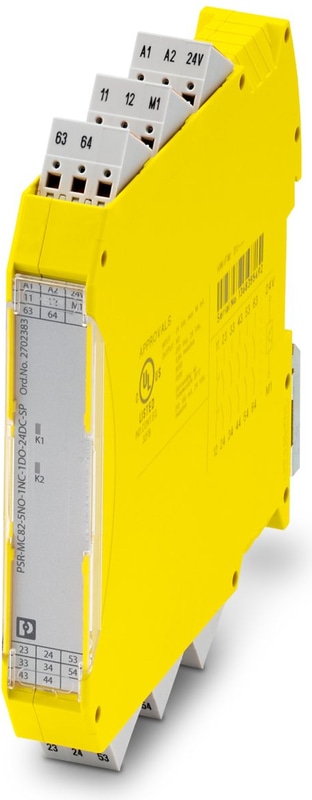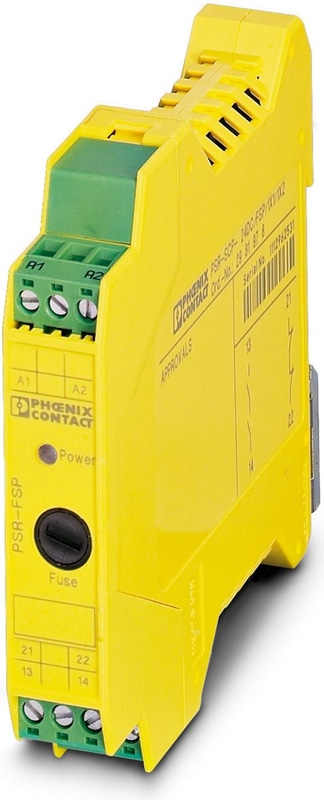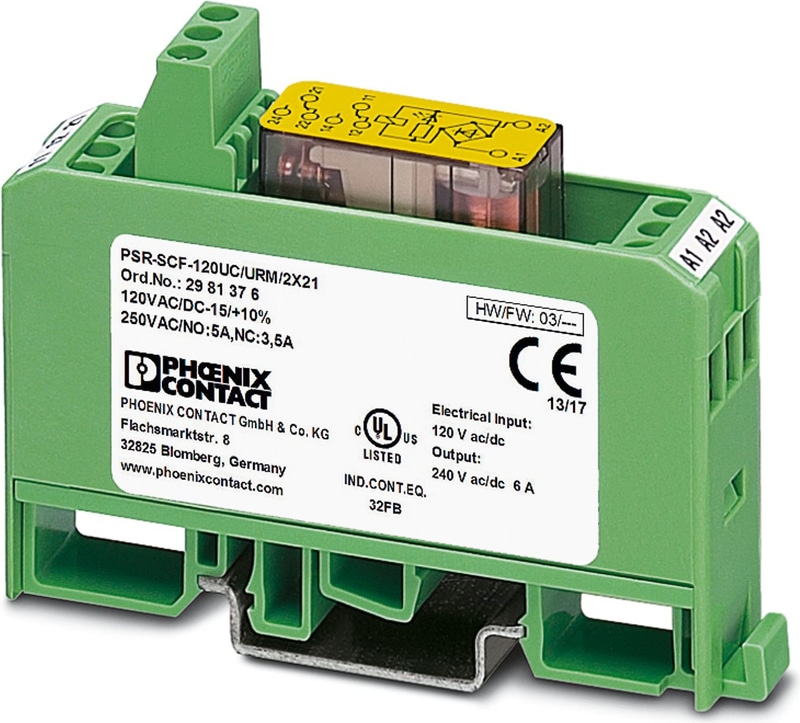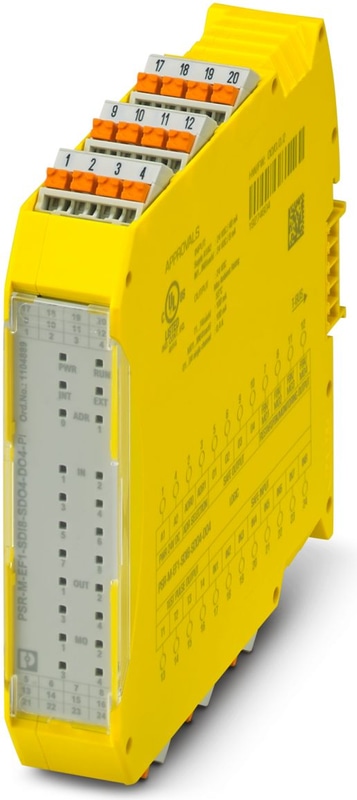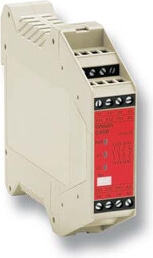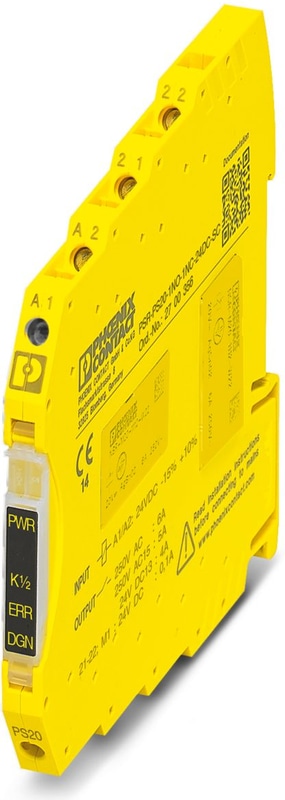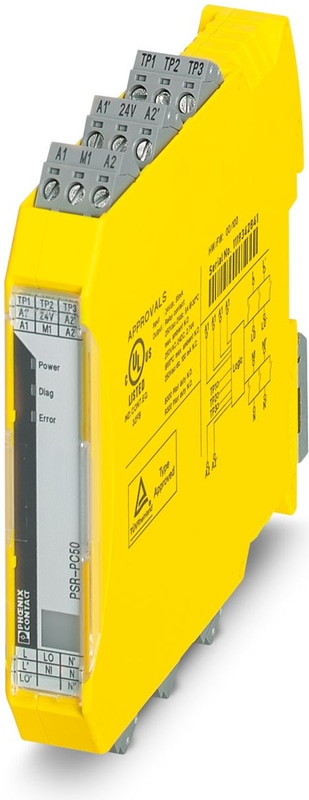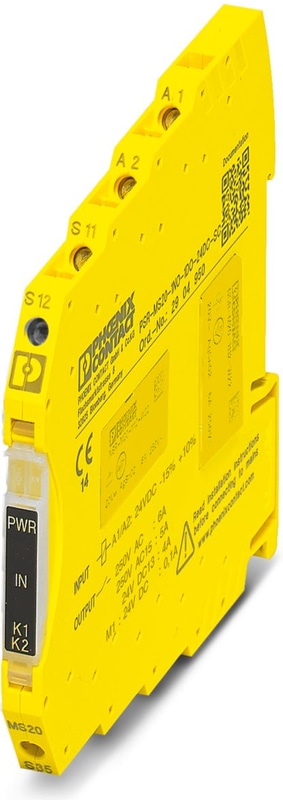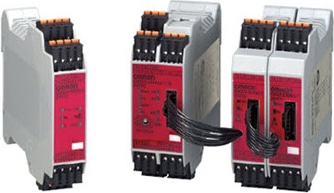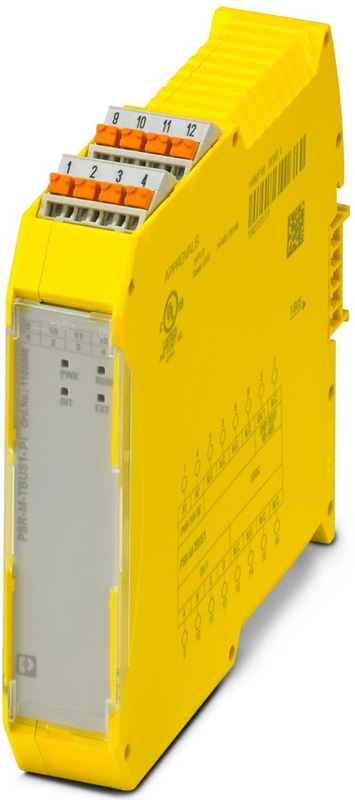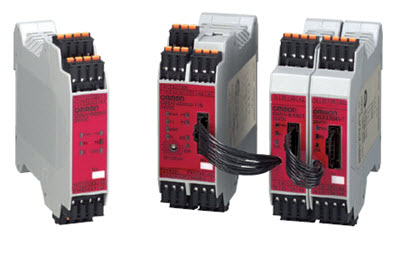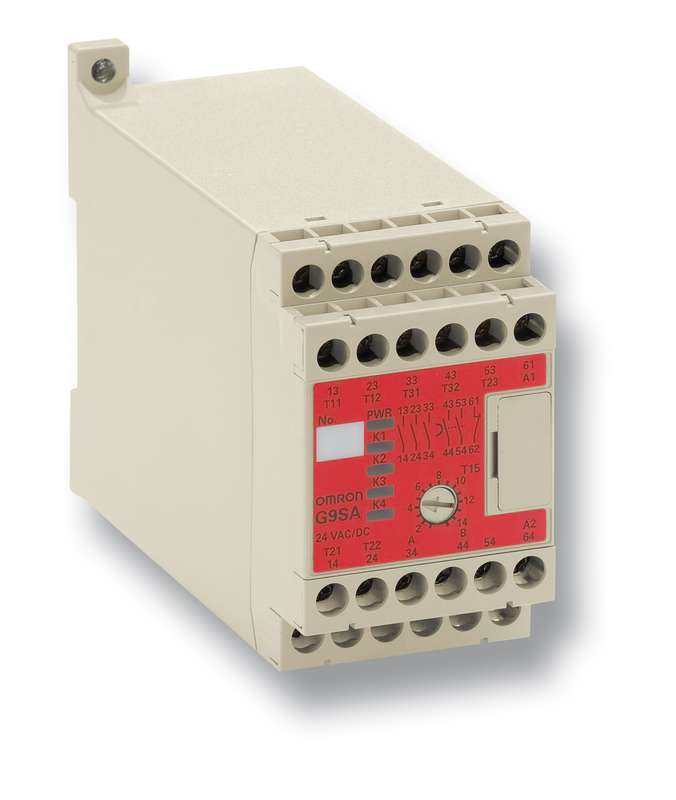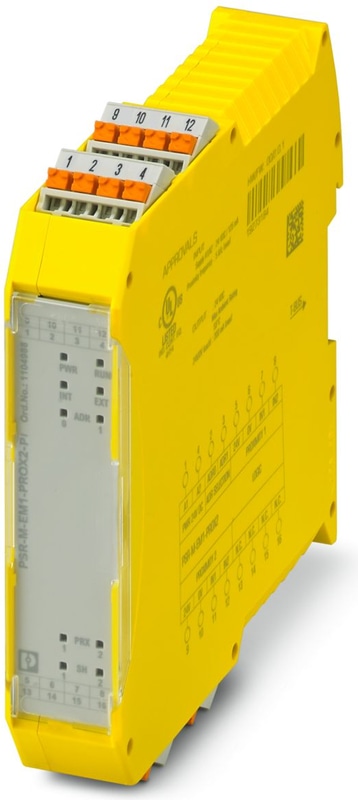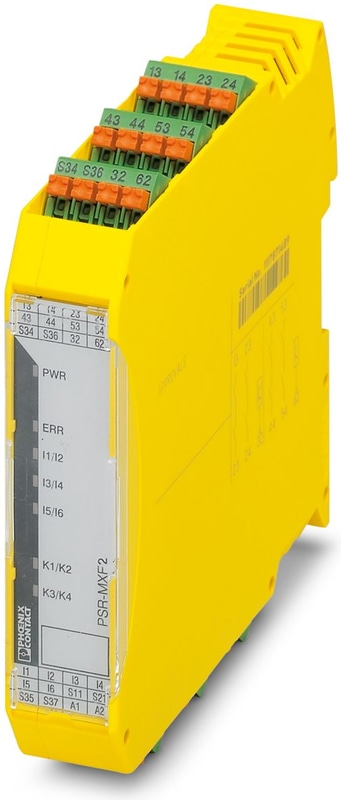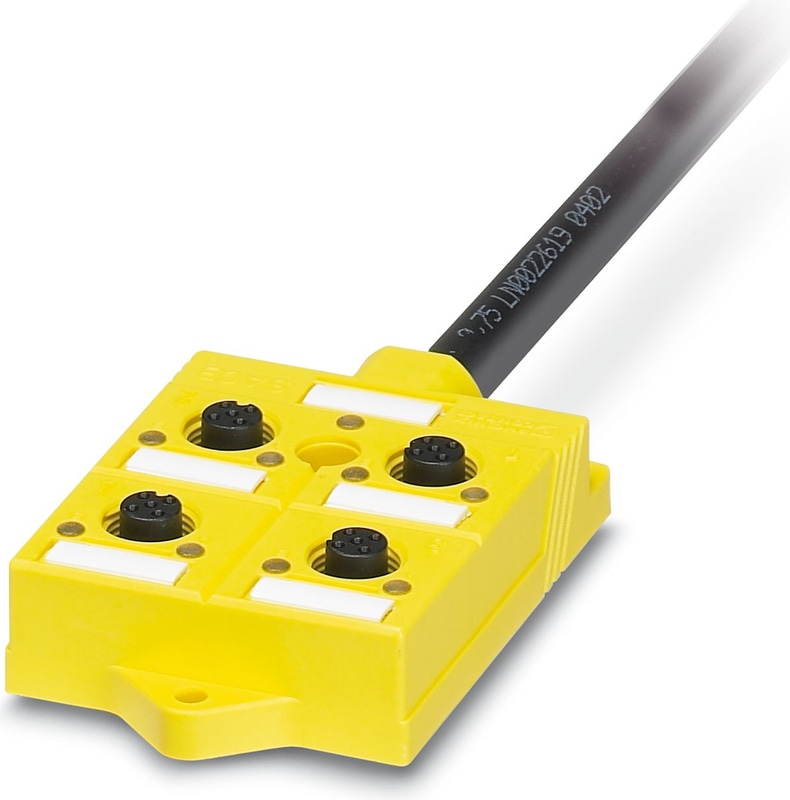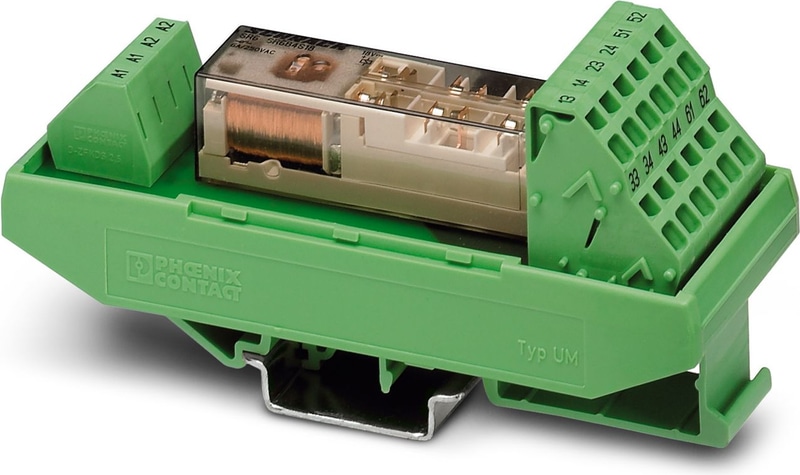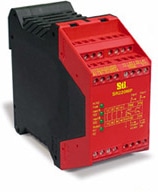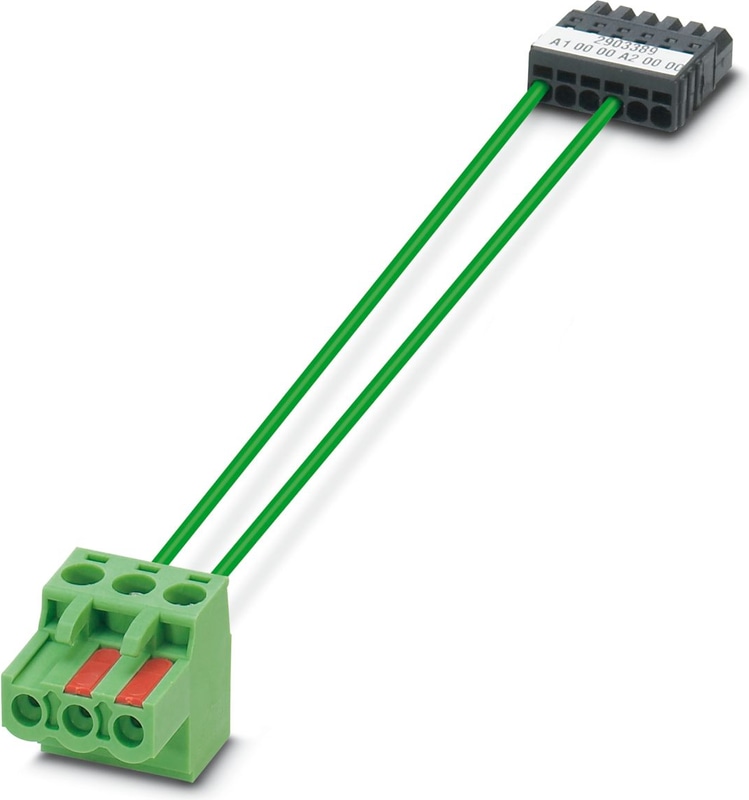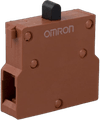Safety Relays
Safety relays monitor and control safety systems in industrial environments, ensuring machines operate safely and stop in emergencies. Explore our range of safety relays with various voltage ratings, operating temperatures, and mounting types. Suitable for AC voltages like 24V and 230V, these relays perform reliably in temperatures from -40°C to 70°C. Choose from DIN rail and surface mounting types for robust, efficient solutions in secure industrial operations.
Series
Related Categories
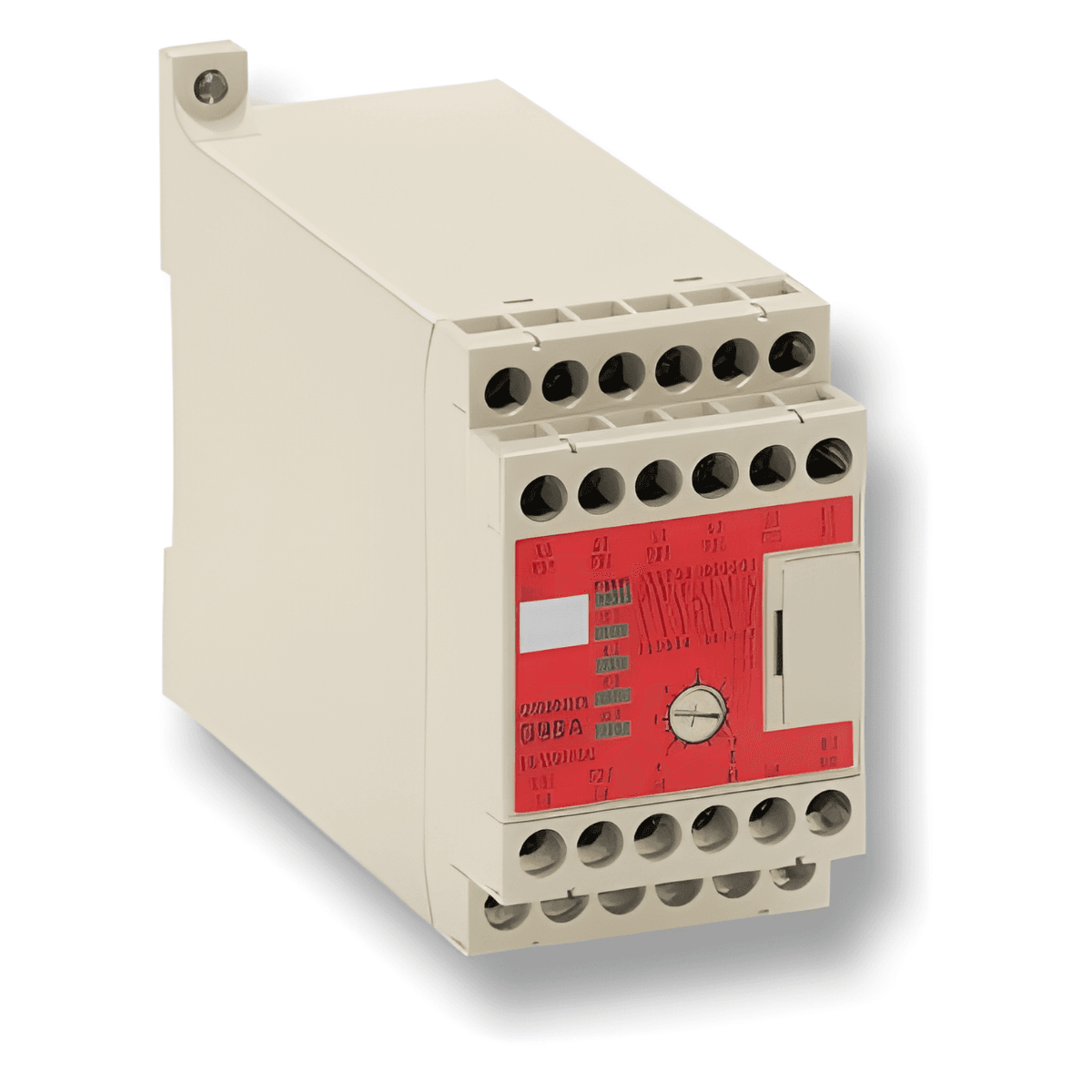
G9SA Safety Relay Unit
Key Features:
- Versatile: Supports multiple safety functions.
- Compact: Space-saving design.
- Easy to use: Simple wiring and installation.
- Reliable: High safety integrity level (SIL).
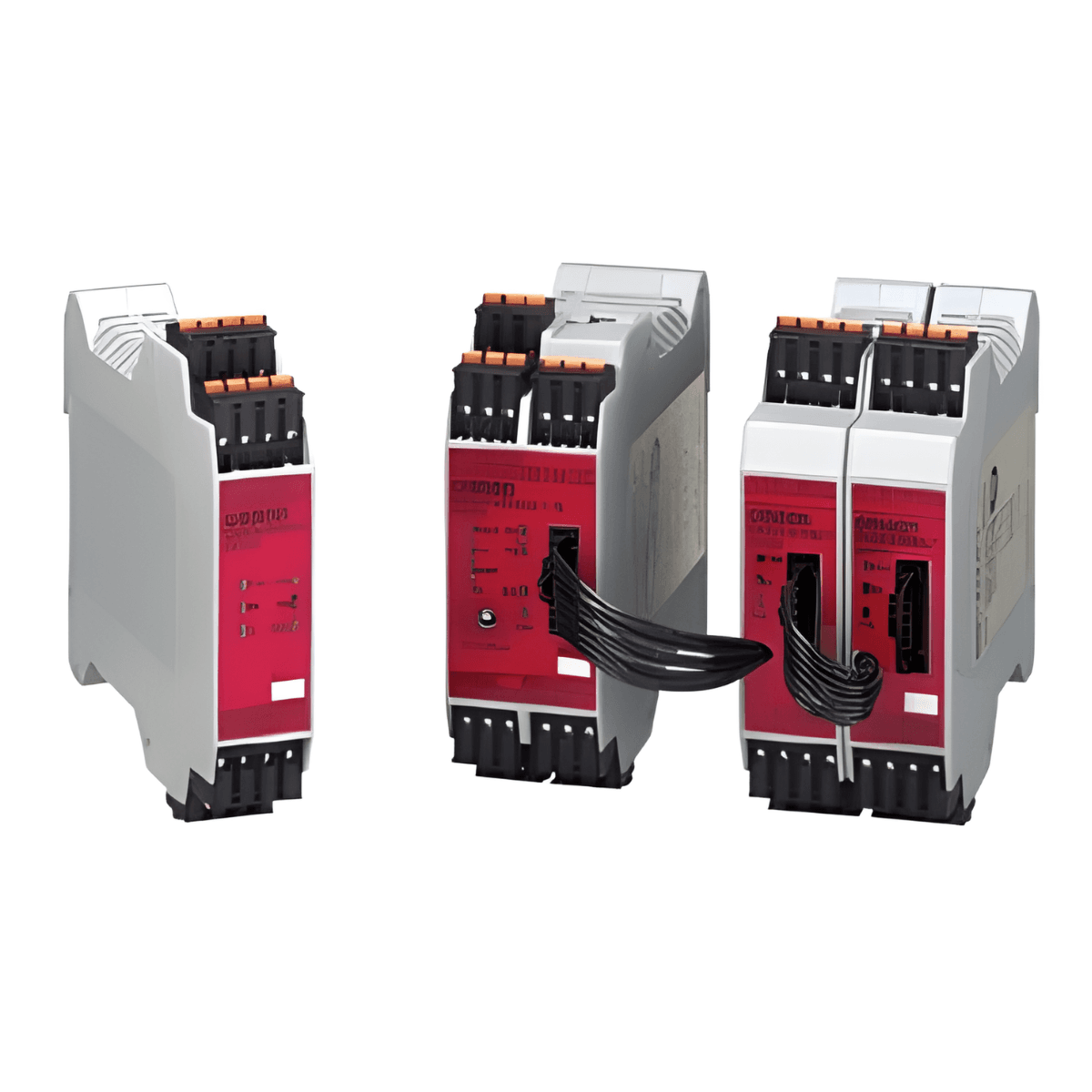
G9SX Safety Modules
Key Features:
- Modular: Expandable for different safety applications.
- Advanced Diagnostics: LED indicators for status monitoring.
- Flexible: Multiple input and output configurations.
- Robust: Designed for demanding industrial environments.
Safety Relays FAQs
A safety relay monitors and controls safety systems in industrial environments, ensuring machines operate safely and stop in emergencies. It detects faults and initiates safety measures to protect operators and equipment.
A safety relay is designed to meet stringent safety standards and ensure fail-safe operation, whereas a normal relay is used for general control purposes without specific safety features. Safety relays provide redundancy and diagnostic capabilities to prevent failures.
Choose a safety relay based on factors like voltage rating, number of contacts, safety function requirements, and operating environment. If you need help choosing the right safety relay, contact our team of experts for assistance.
Safety relays provide reliable and fail-safe operation, reduce the risk of industrial accidents, and ensure compliance with safety regulations. They enhance overall workplace safety and improve process efficiency.











































